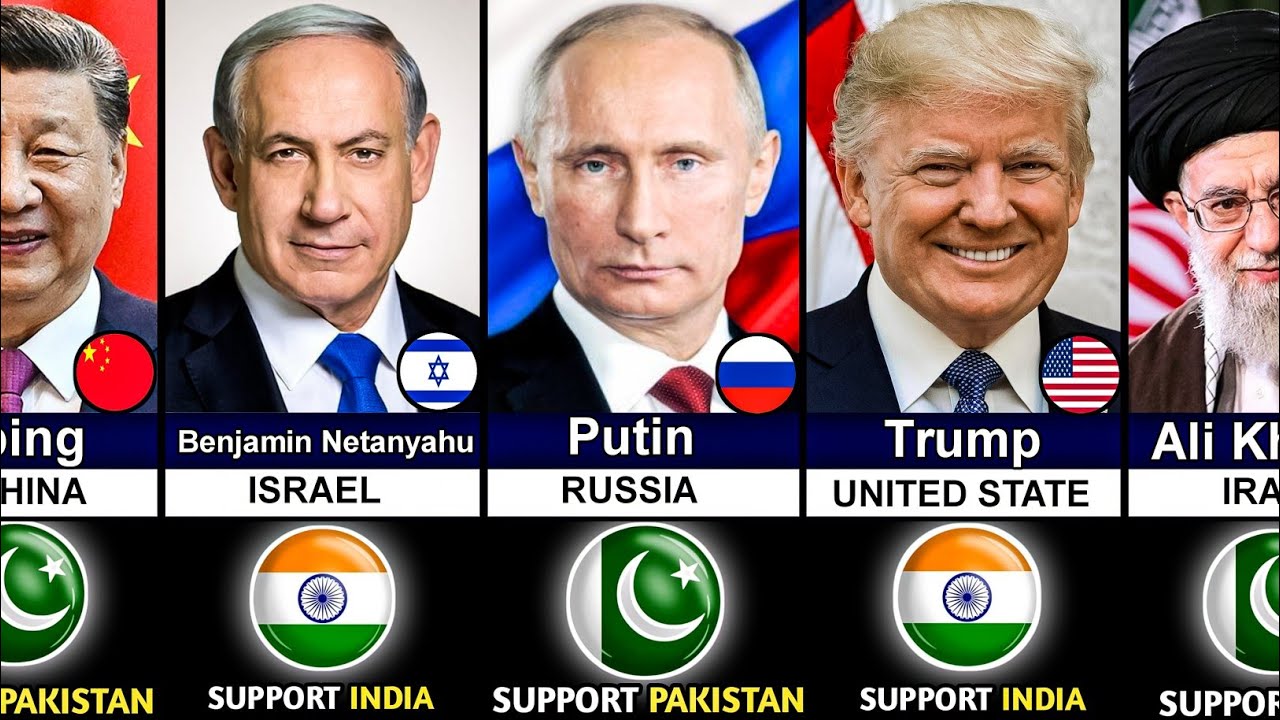Brussels erupted in chaos as over 35,000 protesters flooded the streets on Wednesday, voicing their outrage against NATO’s controversial defense spending demands, largely influenced by former U.S. President Donald Trump. The mass demonstration brought the Belgian capital to a standstill, crippling air traffic and public transport, and spotlighting a deepening rift between government priorities and public sentiment.
 The protest, organized by trade unions and anti-war activists, coincided with a national strike, amplifying calls for higher wages, stronger pensions, and increased funding for essential public services—demands that starkly contrast with the government’s commitment to NATO’s aggressive military budget targets. Protesters condemned the prioritization of military spending over basic societal needs, with chants echoing the sentiment that arms should not come at the expense of welfare.
The protest, organized by trade unions and anti-war activists, coincided with a national strike, amplifying calls for higher wages, stronger pensions, and increased funding for essential public services—demands that starkly contrast with the government’s commitment to NATO’s aggressive military budget targets. Protesters condemned the prioritization of military spending over basic societal needs, with chants echoing the sentiment that arms should not come at the expense of welfare.
“Europe is spending two to three times more on military than Russia,” one demonstrator emphasized, highlighting the perceived absurdity of allocating funds for defense while social programs face cuts. The anger is palpable, as citizens accuse their government of sacrificing public welfare for an impulsive NATO target stemming from Trump’s comments.
With the Belgian government under pressure to meet NATO’s 5% GDP spending goal, demonstrators expressed their frustration over the unfair burden placed on working families, who are facing tax hikes and cuts to welfare. “They want to reduce social benefits while increasing military budgets,” one protester lamented, underscoring the stark contrast between government spending priorities.
As European leaders align with NATO’s military ambitions, the message from the streets is clear: citizens are ready to fight back—not on the battlefield, but in their own communities. The fervor of the protest signals a growing movement against the militarization of public policy, and the stakes have never been higher.

